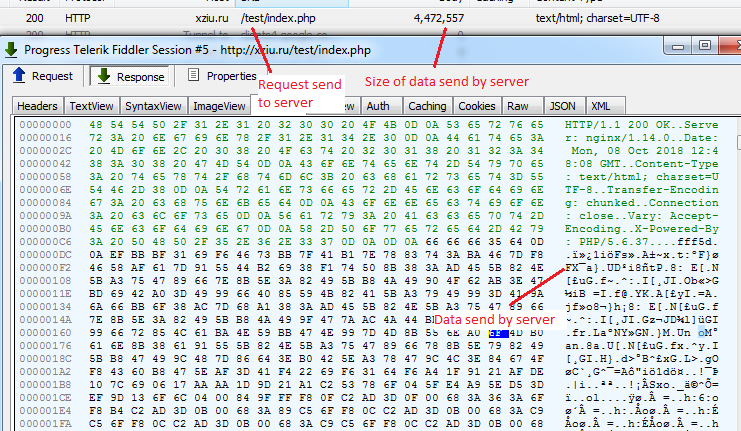
Below this line, but above the id, is the preconscious level. In this diagram, the bright blue line represents the divide between consciousness (above) and unconsciousness (below). Much of what is stored in the unconscious is thought to be unpleasant or conflicting for example, sexual impulses that are deemed “unacceptable.” While these elements are stored out of ourĪwareness, they are nevertheless thought to influence our behaviour.įigure 2.6 illustrates the respective levels of id, ego, and superego. The unconscious consists of those things that are outside of conscious awareness, including many memories, thoughts, and urges of which we are not aware. Freud saw the preconscious as those thoughts that are unconscious at the particular moment in question, but that are not repressed andĪre therefore available for recall and easily capable of becoming conscious (e.g., the “tip of the tongue” effect). The preconscious consists of those things we could pay conscious attention to if we so desired, and where many memories are stored for easy retrieval. The conscious level consists of all those things we are aware of, including things that we know about ourselves and our surroundings. Each of these levels corresponds to and overlaps with Freud’s ideas of the id, ego, and superego. Sigmund Freud divided human consciousness into three levels of awareness: the conscious, preconscious, and unconscious. The Incas, however, considered consciousness to be a progression, not only of awareness but of concern for others as well. Because consciousness incorporates stimuli from theĮnvironment as well as internal stimuli, the Mayans believed it to be the most basic form of existence, capable of evolution. The ancient Mayans were among the first to propose an organized sense of each level of consciousness, its purpose, and its temporal connection to humankind. Consciousness varies in both arousal and content, and there are two types of conscious experience: phenomenal, or in the moment, and access, which recallsįirst appearing in the historical records of the ancient Mayan and Incan civilizations, various theories of multiple levels of consciousness have pervaded spiritual, psychological, medical, and moral speculations in both Eastern and Western cultures. Researchers study states of human consciousness and differences in perception in order to understand how the body works to produce conscious awareness. It can be defined as human awareness of both internal and external stimuli. Brill, Ernest Jones, Sándor Ferenczi.Īwareness of the self in space and time. Stanley Hall, Carl Jung Back row (left to right): Abraham A. Front row (left to right): Sigmund Freud, G. Freud’s theory of psychoanalysis assumes that much of mental life is unconscious, and that past experiences, especially in early childhood, shape how a person feels and behaves throughout life.įigure 2.5 Group Photo. Psychology movements, the psychodynamic perspective marks a pendulum swing back toward more holistic, systemic, and abstract concepts and their influence on the more concrete behaviours and actions. In response to the more reductionist approach of biological, structural, and functional

Psychodynamics originated with Sigmund Freud (Figure 2.5) in the late 19th century, who suggested that psychological processes are flows of psychological energy (libido) in a complex brain. The psychodynamic perspective in psychology proposes that there are psychological forces underlying human behaviour, feelings, and emotions. Understand the concept of psychological types and identify.Critically discuss various models and theories of psychodynamic and behavioural psychology.Understand some of the psychological forces underlying human behaviour.


 0 kommentar(er)
0 kommentar(er)
